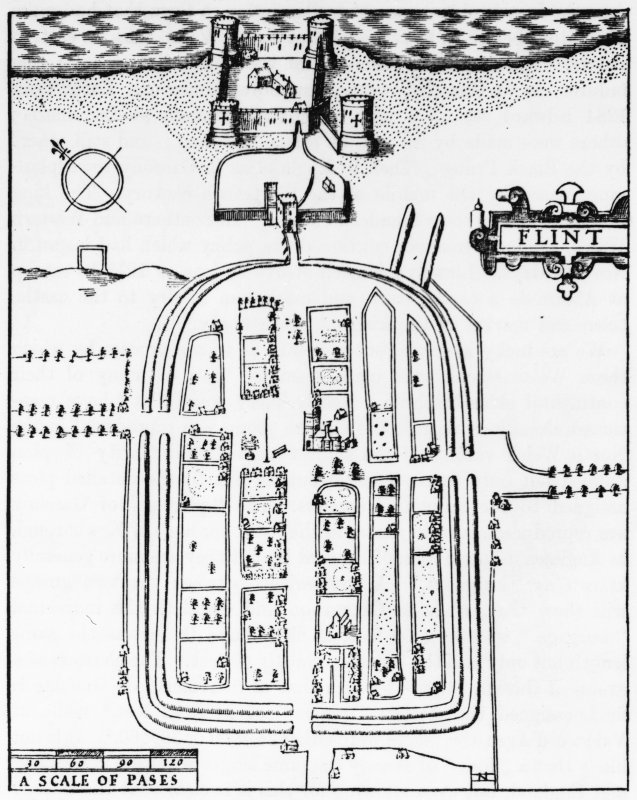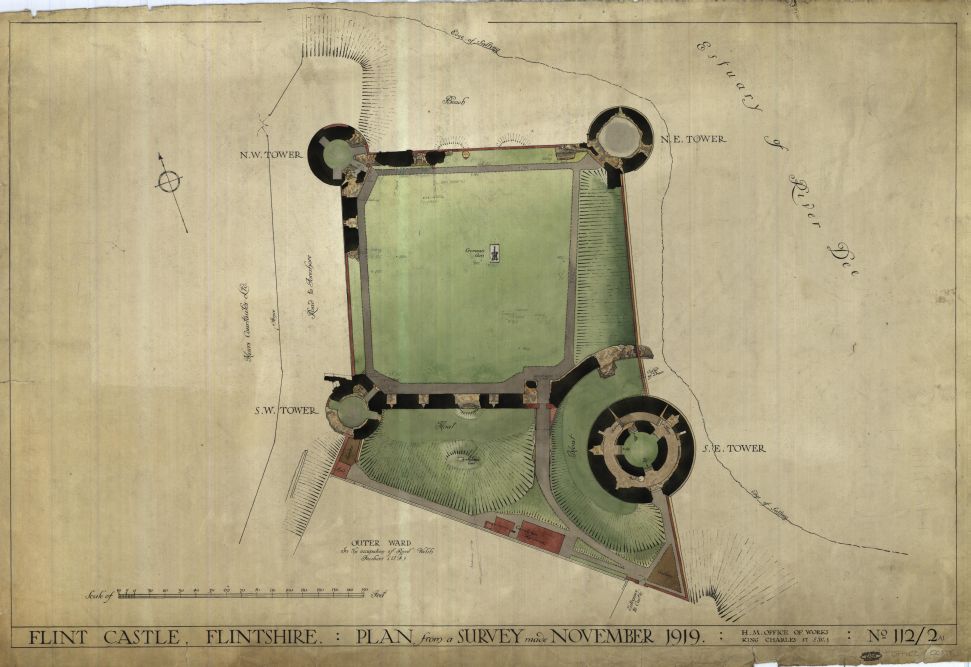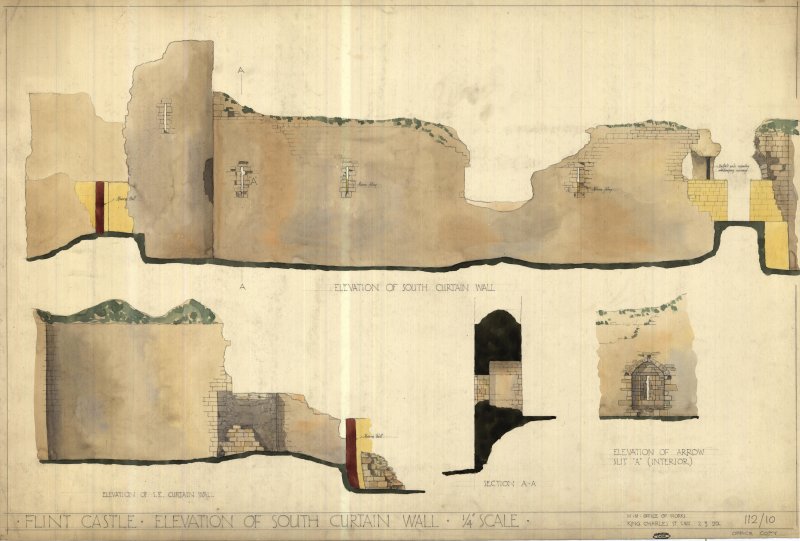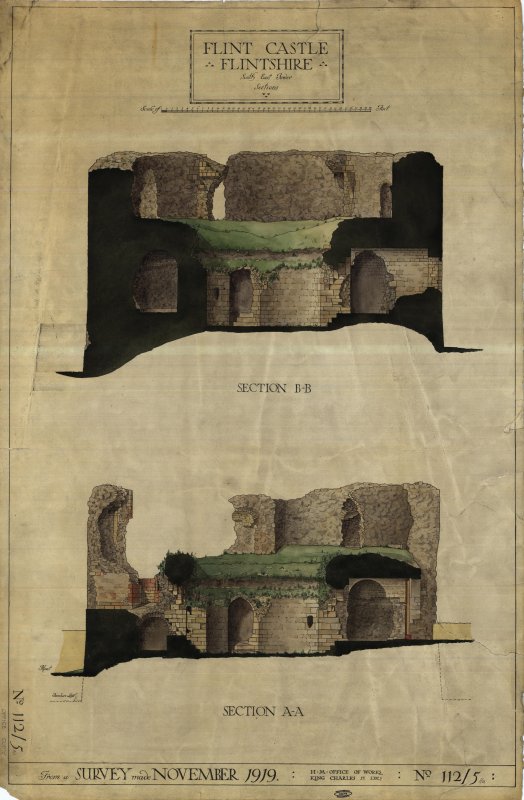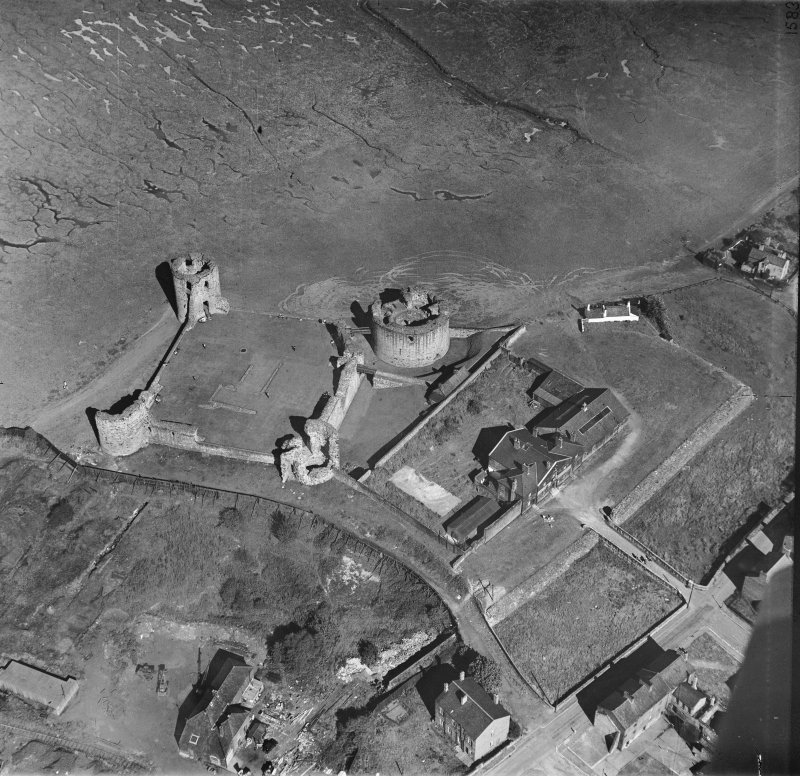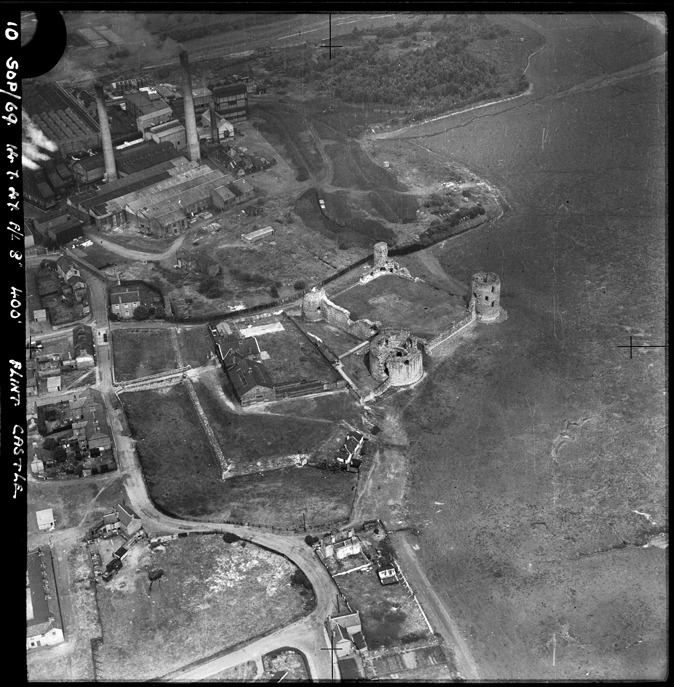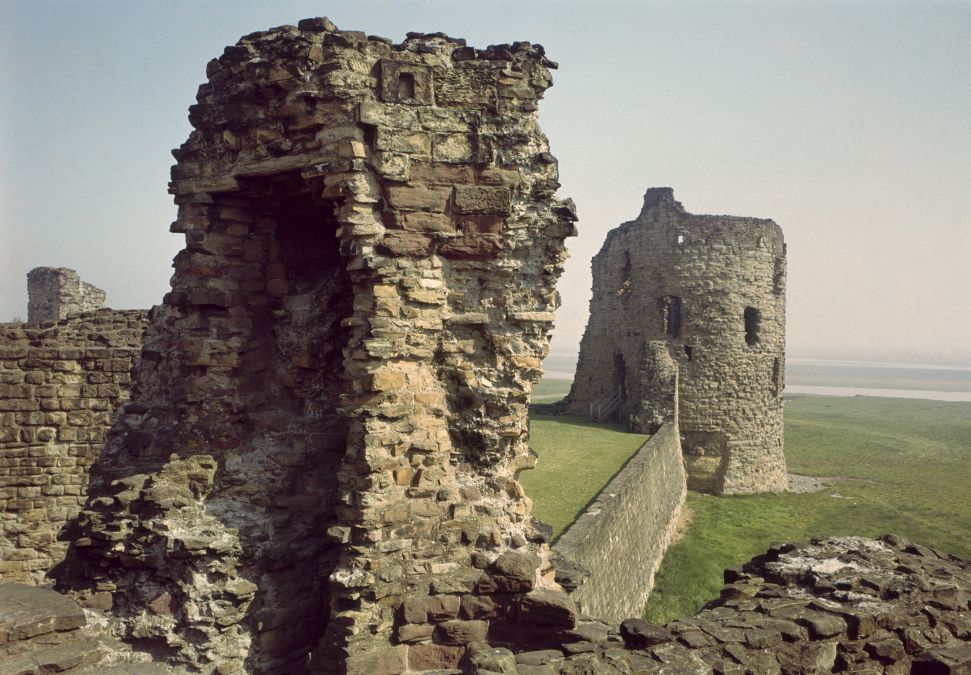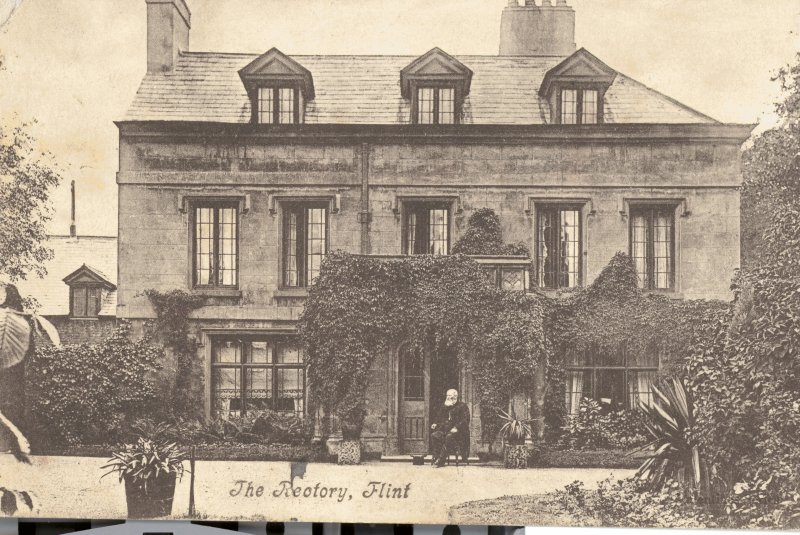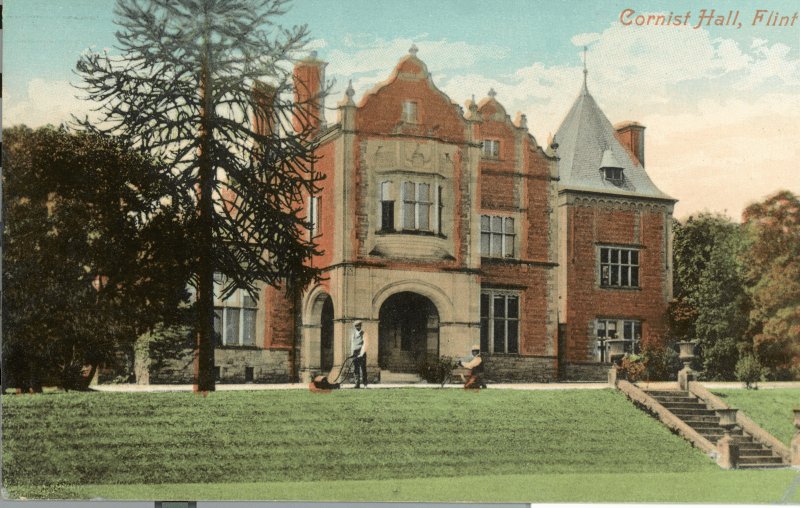Flint - Overview
This small town was founded during the years of Edward I’s conquest of Wales in the 1280s. The stone castle, built here by order of Edward I, was the first of the fortifications established up and down the Welsh coast with the intention to suppress the indigenous population. In August 1399, Richard II surrendered to Henry Bolingbroke, soon to become King Henry IV, on condition that his life was spared following his abdication.
Flint and the surrounding area received much of its income from lead mining and processing between the late middle ages and the early Victorian period when the last smelting works closed. At that time, other branches of heavy industry developed, including coal mining, paper manufacture and chemical manufacturing.
Many of the international visitors were therefore not in town as holiday makers, but for professional reasons. Travelling on foot through the counties of north Wales in 1846, Franz von Löher found a coastal town comfortably settled between the adventurous life of seafarers and the serenity of harvesting cockles at low tide.
Accounts of Travel
"Wanderung durch Nordwales", 1846
Franz von Löher (1818 – 1892)
Dann zeigte sich Flint: die breite Burgruine von der Fluth bespült, die Schiffe und Böte, die alterthümlichen Häuser und Hütten weithin zerstreut, das Holzwerk am Strande, mancherlei Volk dazwischen, das alles, von Ruhe und feuchtem Glanz umflossen, machte einen wunderbaren Eindruck. Die Seele ging mir auf. All die Land und Seeräuber-Romantik hob sich aus ihren dunkeln Gründen hervor: hier die ewige Meeresfluth, am Gestade die Forts, von denen herab die normännischen Herren die Wälschen bezwangen, dort die tiefen Bergschluchten, aus denen die Weißmäntel [ein Pariser Mönchsorden, 1257-1299] hervorbrachen. Weil es eben Ebbe war, ging man über eine Strecke Meeresboden zum Lande, die Seekrebschen schlüpften mir unter den Füßen weg.
Das Castle Inn (Gasthaus an der Burg) war vortrefflich, voll von See- und Handelsleuten, und dennoch höchst sauber und gemächlich eingerichtet für andere Reisende. Zur Nacht reichte man mir ungefordert Schlafmütze und ein feines Nachthemde. Der Kaffee war so gut, wie bei uns an Brunnenorten, was für England viel sagen will, und die mancherlei Fischgerichte wirklich köstlich. Ich unterhielt mich des Abends lange mit einem Schiffscapitän aus Memel, einem Pommer, dessen Eltern und Verwandten immer Schiffer gewesen, und der in diesem seinem Lebensberufe mit seinen Gedanken und Ansichten fest gewachsen war. Sein Schiff, welches Salz geladen hatte, lag am Ufer und hatte Gebrech. Ich lernte von ihm mancherlei über die Städte und Frachten der Ostsee, über den Sund, und die preußische und englische Rhederei.
Am andern Morgen, den 17ten [Juli 1846], besuchte ich sein Schiff, und stöberte dann am Seestrande nach seltsamen Gewächsen und Thieren. Muschelsucher gingen weit vom Ufer mit ihren Körben in der See herum, denn der Strand ist hier sehr flach; es sieht seltsam aus, man meint, die Leute wandelten auf dem Meere.
Next, Flint appeared with the tide lapping at the broad castle ruin, the ships and boats, the ancient-looking houses and huts scattered about, the timberwork on the beach with various people around – all this, awash with an air of calm and a damp sheen, made a fine impression. My soul leapt. All the romance of bandits and pirates rose from the dark depths of the land; here the eternal ocean tide and beach forts from which the Norman lords subdued the Welsh, there the deep mountain gorges from which the White Cloaks [a Parisian order of monks, 1257-1299] erupted. As the tide was out at present, I walked over a section of the sea bed, tiny sea crabs scuttling away under my feet.
The Castle Inn was exquisite and full with seamen and traders, but still extremely clean and cosily furnished for other travellers. Without asking for it, I was handed a night cap and a fine night gown. The coffee was as good as the coffee available in our spa towns (which says a lot for England) and the various fish dishes were truly tasty. I held conversation with a Pomeranian ship captain from the river Memel whose parents and relatives had always been mariners and whose thoughts and opinions were entirely wedded to his life’s profession. His ship, loaded with salt, lay on the banks because it had suffered damage. From him I learnt much about the towns and freight business of the Baltic Sea, about the Danish Straits and the Prussian and English shipping companies.The next morning, 17 [July 1846], I visited his ship and poked around the beach for curious plants and animals. As the beach is very flat here, the cockle gatherers with their baskets walked about the sea at a great distance from the banks. The scene looked strange, as if they were walking on the ocean.
